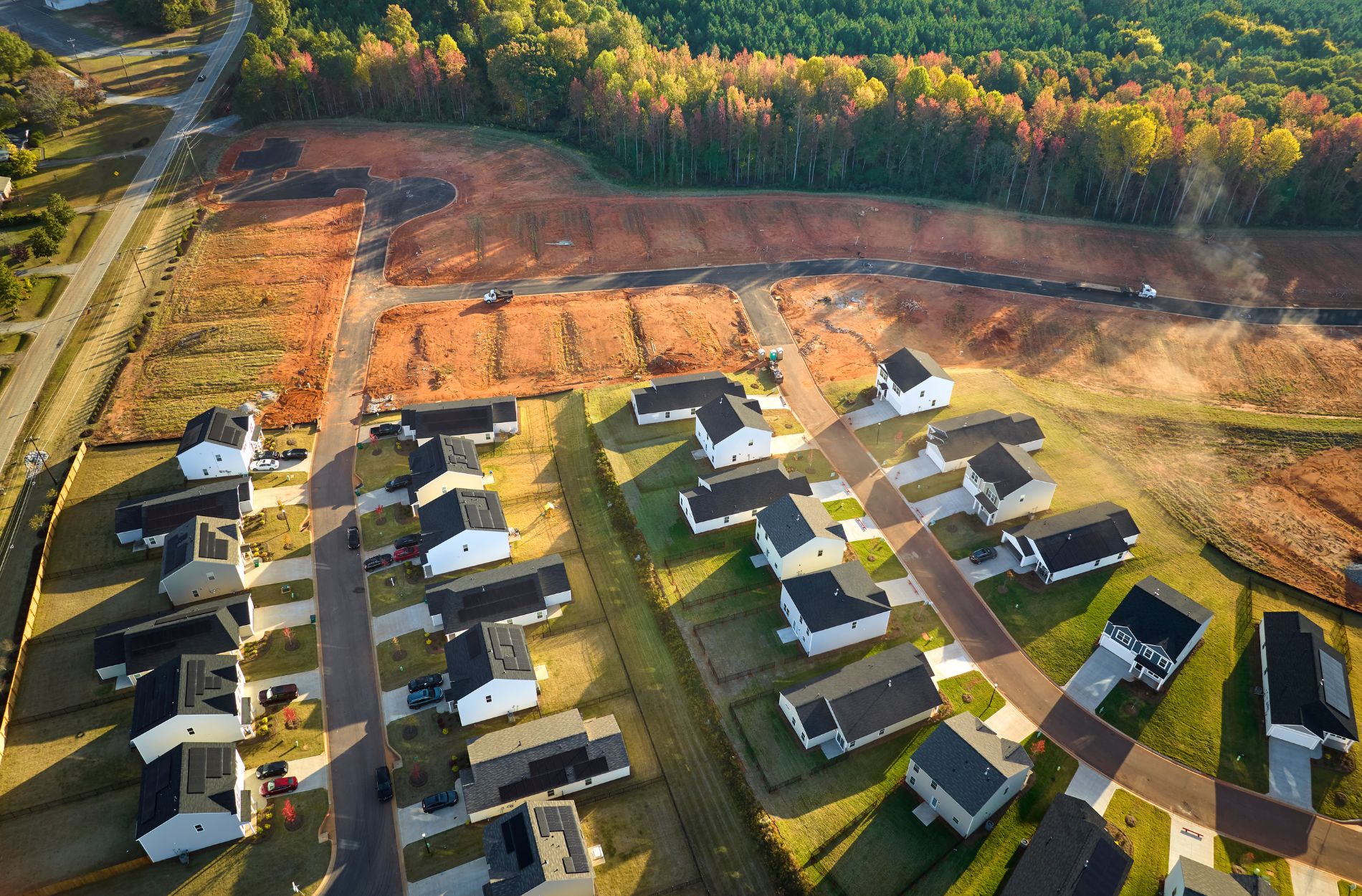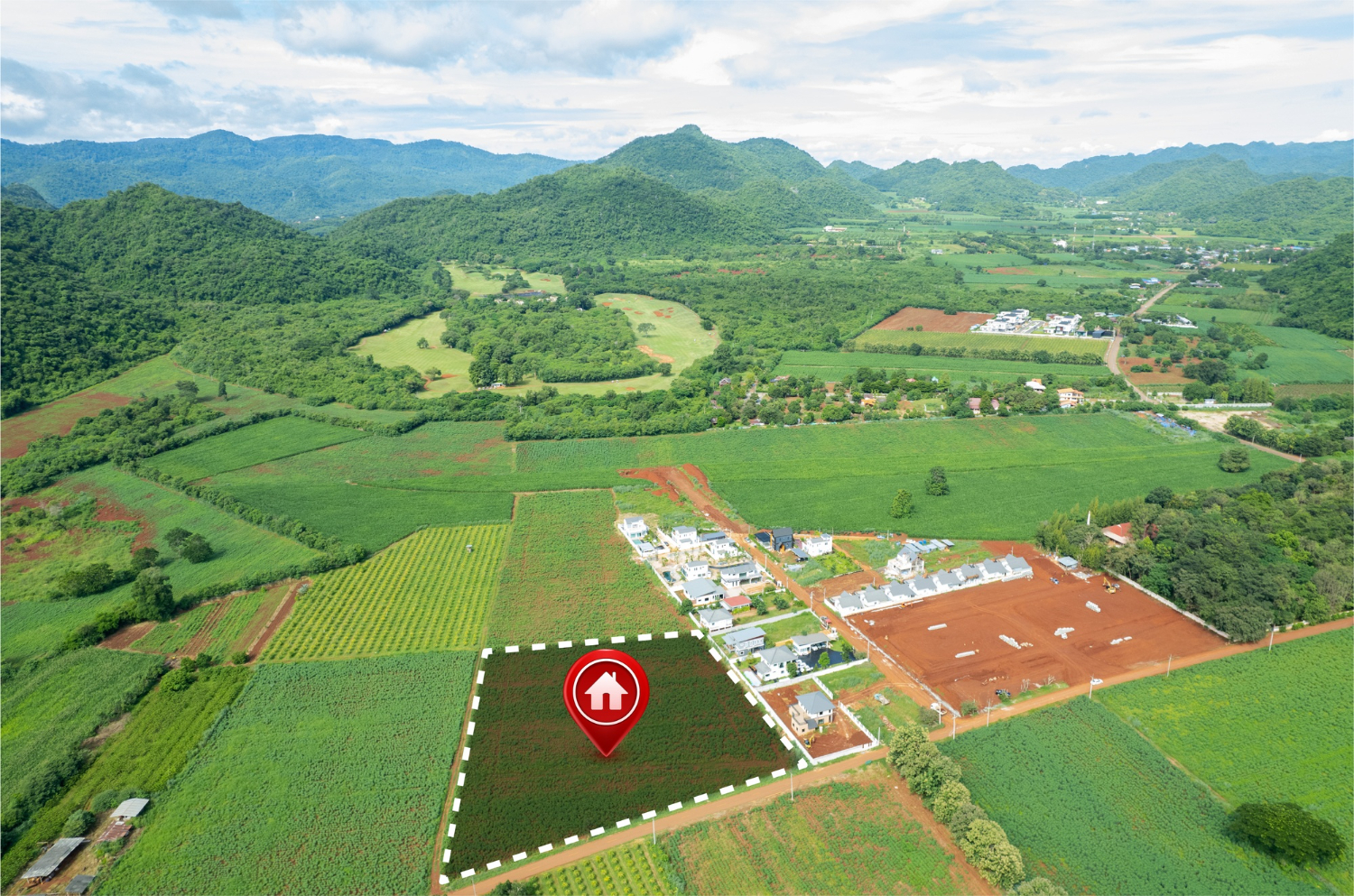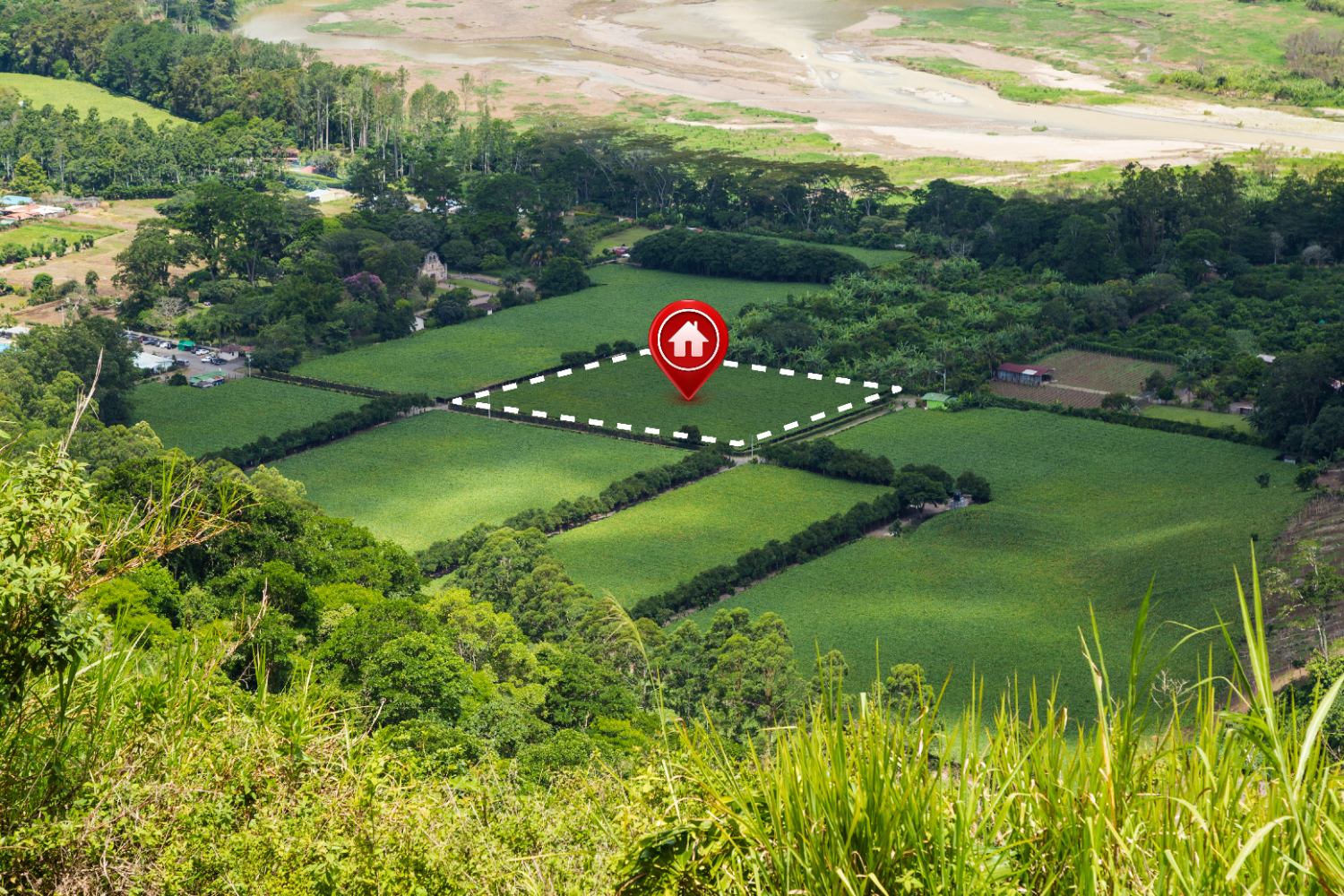Selling land can be both an exciting and complex process. One of the first decisions you’ll face as a landowner is whether to sell developed land or raw land. Both options have their unique benefits and challenges. Whether you have developed land with infrastructure in place or raw, untouched land, understanding these differences can help you make informed decisions and maximize your return.
Developed land refers to parcels that have been modified in some way to support specific uses, such as residential, commercial, or industrial purposes. This land often includes essential utilities like water, electricity, and sewer systems. Developed land can appeal to buyers who want a ready-to-build option but often comes with higher initial costs and more stringent regulations.
On the other hand, raw land is untouched and undeveloped. It can offer a blank slate for buyers with specific visions, such as building a customized home, starting a new business, or using it for agriculture. While raw land is usually less expensive upfront, it requires more work to make it usable, and the costs of development can add up quickly.
Choosing between selling developed or raw land depends on various factors, including your financial goals, the current market conditions, and the needs of potential buyers. This guide will delve into the key differences between selling these two types of land, providing valuable insights and tips to help you make the best decision for your situation.
Understanding Developed vs. Raw Land
Developed land has been improved to make it suitable for specific uses, such as making it ready for homes, businesses, or industrial sites. These improvements might include paved roads, utility connections, and zoning changes. Potential buyers often find developed land attractive because the groundwork has already been laid, allowing them to quickly start building or using the land for their intended purposes.
Raw land, on the other hand, is in its natural state. It hasn’t been altered or improved, making it a blank canvas for those who wish to shape it according to their vision. Buyers of raw land are usually looking for flexibility and the opportunity to design their property from the ground up. They might want to build a custom home, start a farm, or use the land for recreational activities.
Both types of land have their own sets of challenges and advantages. Developed land typically requires a larger initial investment, both in terms of money and time, to get it ready for sale. However, it can fetch a higher price when sold. Raw land, while less expensive upfront, needs significant work to transform it into something usable, which can include clearing vegetation, installing utilities, and navigating zoning laws.
Pros and Cons of Selling Developed Land
Selling developed land comes with several advantages. First, because the land is already prepared for use, it often appeals more to buyers who want to avoid the hassle of development. This can lead to a quicker sale. Additionally, developed land generally commands a higher price due to the improvements made. Buyers are willing to pay more for the convenience and reduced timelines.
However, selling developed land also comes with its drawbacks. The initial costs to improve the land can be substantial. These costs include installation of utilities, grading, and any necessary permits or zoning changes. Sellers need to recover these costs, which means setting a higher asking price. This can potentially limit the pool of interested buyers to those with larger budgets.
Another challenge involves maintaining the land prior to sale. Developed land often requires upkeep, such as mowing, maintaining roads, and repairing any installed infrastructure. These additional responsibilities can be costly and time-consuming. Moreover, the seller needs to stay on top of any changes in zoning laws and regulations that might affect the land’s value.
In summary, while developed land can bring in higher returns and attract more buyers, it also requires a considerable investment of time, money, and ongoing maintenance. Sellers need to weigh these factors carefully to determine if selling developed land aligns with their financial and personal goals.
Pros and Cons of Selling Raw Land
Selling raw land offers its own set of advantages. One of the biggest pros is the lower initial cost. Since raw land hasn’t been developed, it usually comes with a lower price tag, making it accessible to a broader range of buyers. Sellers can attract those looking to develop the land according to their specific needs, such as building a custom home, starting a farm, or using it for outdoor activities.
Another benefit is the simplicity of the transaction. With fewer improvements and structures, there’s less to inspect and fewer regulatory hurdles to navigate. This can speed up the selling process and reduce the amount of paperwork involved.
However, selling raw land also presents challenges. Since the land needs development, potential buyers must factor in the additional cost and effort to make it usable. This can make the land less attractive to those looking for a ready-to-use property. Additionally, raw land might take longer to sell because it appeals to a more specialized market.
Environmental factors and zoning laws can also pose problems. Raw land may require environmental assessments, and certain restrictions might prevent specific types of development. Buyers looking for investment opportunities may be wary of these factors, which can complicate the sale.
In conclusion, while raw land can be easier and cheaper to prepare for sale, the market for it is smaller and more specialized. Sellers should be aware of these nuances and prepare accordingly to attract the right buyers.
Tips for Maximizing Value in Both Markets
Whether you are selling developed or raw land, maximizing its value is crucial. Here are some tips to help you get the best return on your investment:
1. Know Your Market: Understand who your potential buyers are and what they are looking for. Conduct research to learn about current market trends and local buyer preferences. This will help you tailor your marketing strategies and set the right price.
2. Highlight Unique Features: Showcase what makes your land special. For developed land, emphasize the existing infrastructure, utilities, and ready-to-build nature. For raw land, highlight its potential for development, natural beauty, and any unique features like rivers, hills, or forests.
3. Keep Documentation Ready: Have all necessary documents in order, such as zoning permits, environmental assessments, and land surveys. This transparency builds trust with potential buyers and can speed up the selling process.
4. Professional Appraisal: Get a professional land appraisal to set a realistic price. This ensures you aren’t undervaluing or overpricing your land, both of which can deter potential buyers.
5. Curb Appeal: Even raw land benefits from a good first impression. Make sure the land is accessible and presentable. Clearing overgrown vegetation and ensuring easy access can make a big difference.
6. Effective Marketing: Use various marketing techniques to reach potential buyers. This includes online listings, social media promotion, and local advertising. High-quality photos and detailed descriptions can make your listings stand out.
By following these tips, you can increase the appeal of your land to potential buyers and ensure you get the best possible price.
Conclusion
Selling developed and raw land comes with its own unique challenges and benefits. By understanding the key differences between these types of land, sellers can make informed decisions that align with their financial and personal goals. Whether you’re dealing with developed land that’s ready for immediate use or raw land that offers endless possibilities, being prepared can make the selling process smoother and more profitable.
At 7Land Corp, we understand the complexities involved in selling land. We offer expert guidance to help you navigate these challenges and maximize your land’s value. Contact 7Land Corp today to start your journey toward a successful land sale. Let us help you make the most of your valuable asset.




